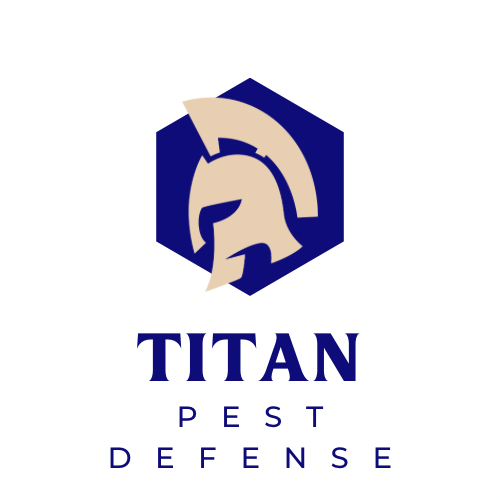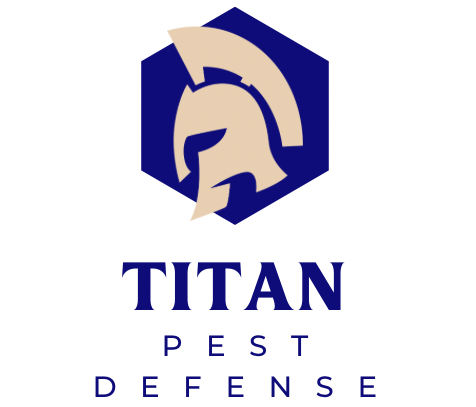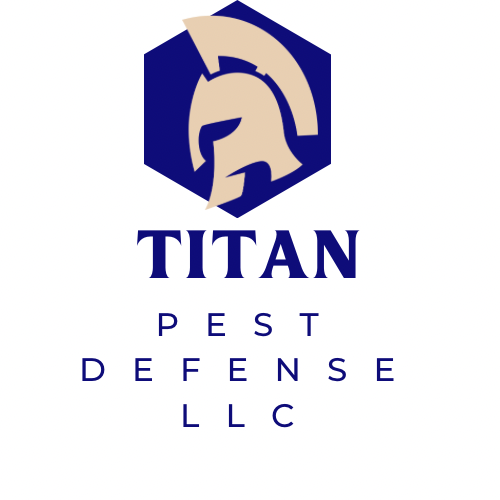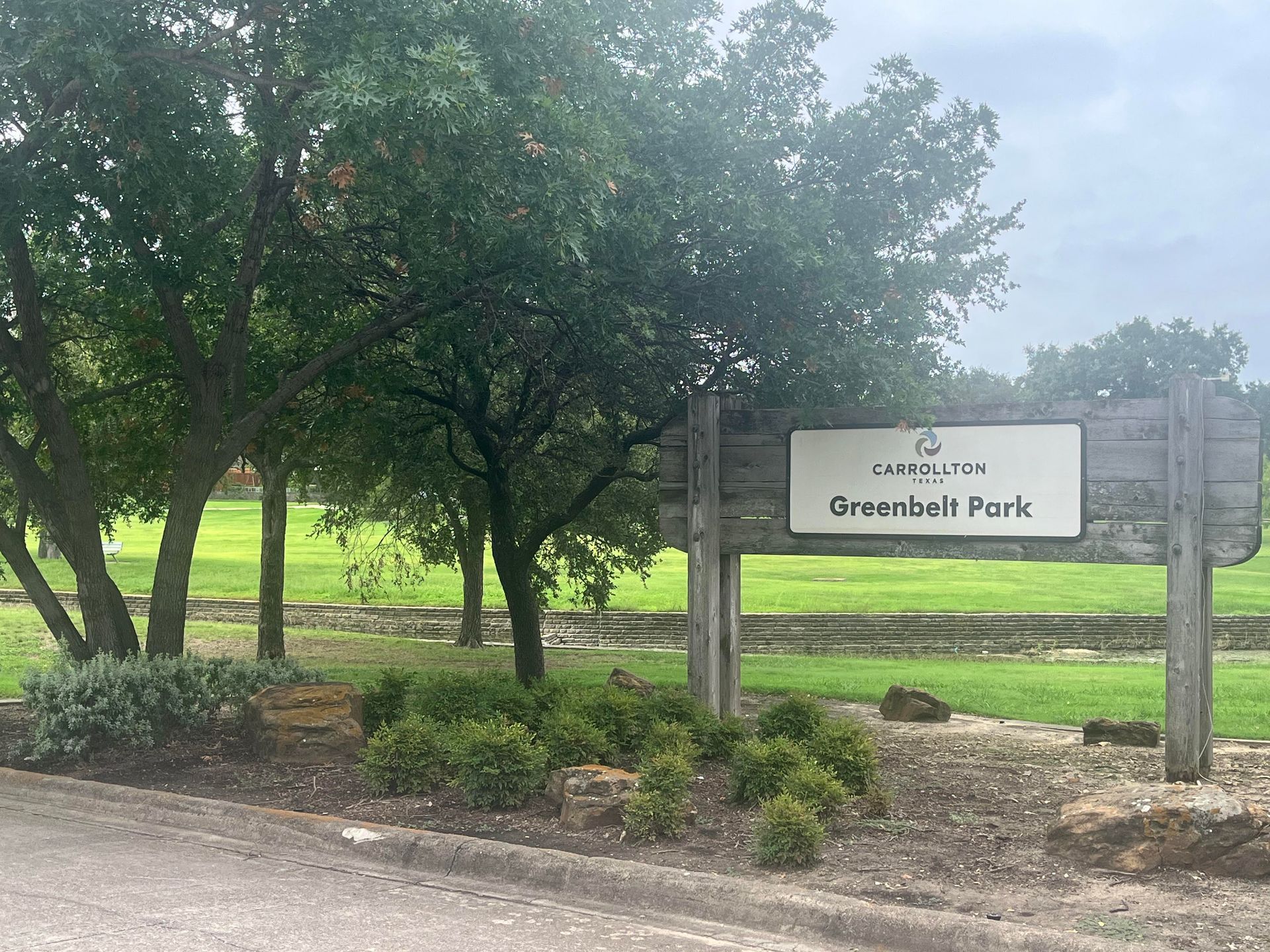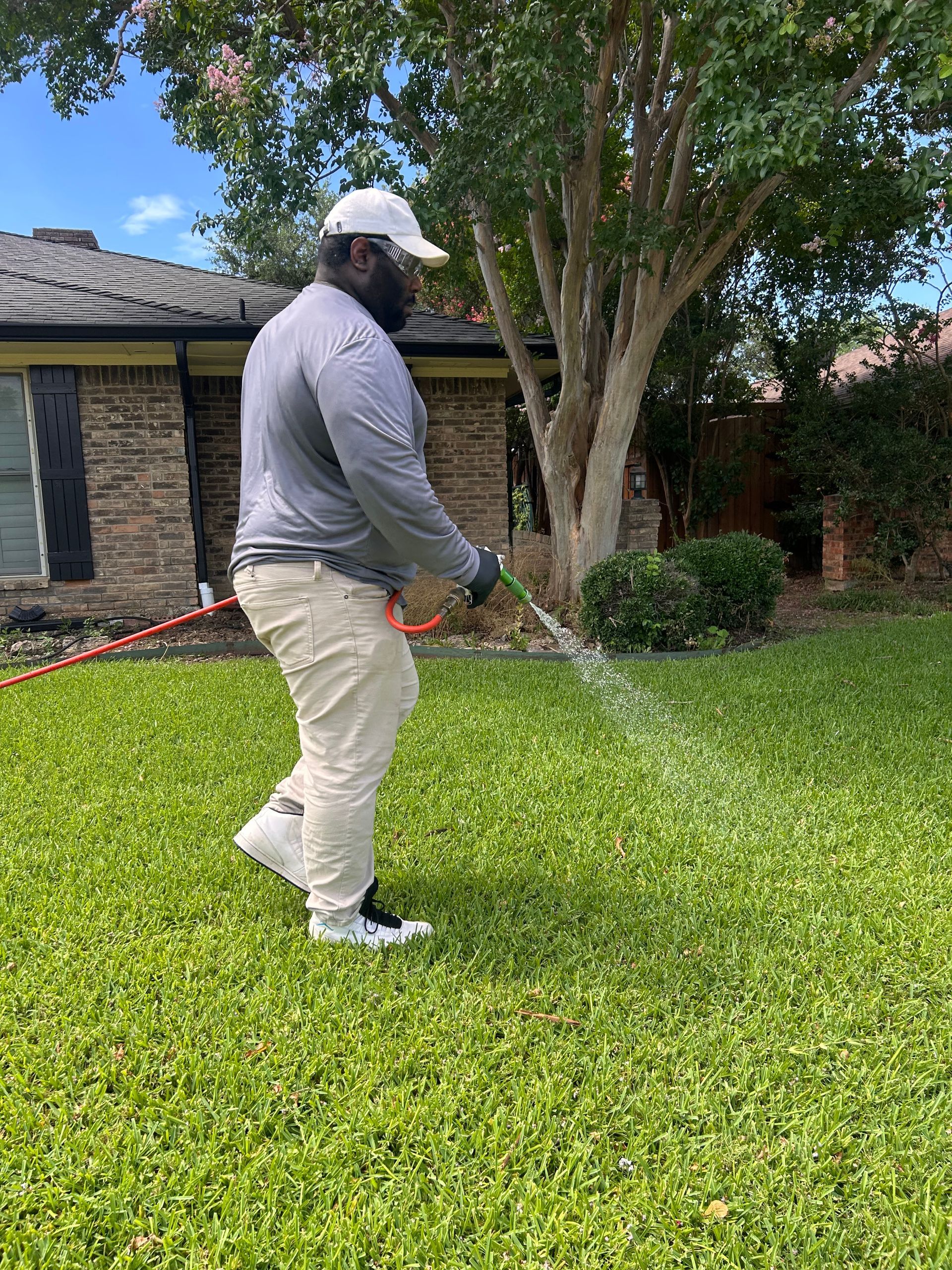Common Summer Tree Diseases in Texas: What to Watch For
Summer in Texas brings sunshine, humidity, and unfortunately—an increase in tree diseases. Many pathogens thrive in warm, moist conditions, leading to leaf drop, branch dieback, and even tree death if left unchecked. As a homeowner or property manager, knowing what to watch for can help you protect your investment and avoid costly tree removal.
At Titan Pest Defense, we don’t just handle bugs—we offer expert tree and shrub disease control tailored for the Texas climate. Below are the most common tree diseases to watch for during the summer months.
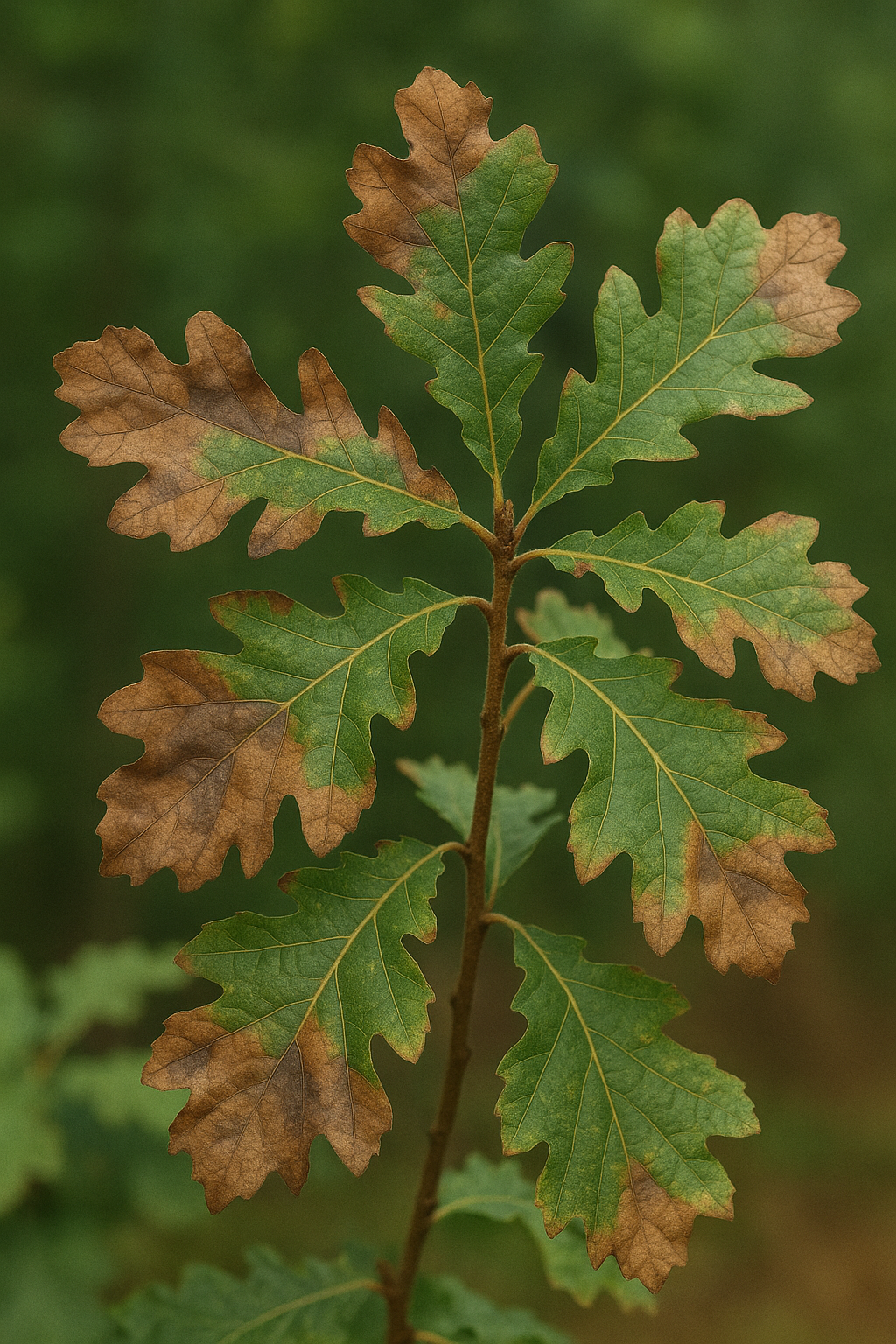
1. Oak Wilt (Ceratocystis fagacearum)
Peak Season: Late spring through summer
Common Hosts: Red oaks, white oaks, and live oaks
Oak wilt is one of the most destructive tree diseases in Texas. Spread by sap-feeding beetles and root grafts, this fungal disease blocks water-conducting vessels in the tree.
Symptoms:
- Browning and curling of leaves (starting at the tip)
- Sudden leaf drop in red oaks
- Veinal necrosis in live oaks
- Tree death within weeks or months
Why Summer Matters: Sap beetles are more active in warm weather, and pruning during this time exposes fresh wounds.
What to Do:
- Avoid pruning oaks between February and July
- Seal any accidental wounds with pruning paint
- Remove and destroy infected red oaks
External Resource: TexasOakWilt.org – Texas A&M Forest Service
2. Fire Blight (Erwinia amylovora)
Peak Season: Spring through early summer, with flare-ups in humid conditions
Common Hosts: Pear, apple, crabapple, hawthorn, and quince trees
This bacterial disease affects trees in the Rosaceae family and is most noticeable when it turns young twigs black and wilted—like they’ve been scorched by fire.
Symptoms:
- Blackened or brown twigs and blossoms
- Curling known as "shepherd’s crook"
- Oozing from infected areas
What to Do:
- Prune infected branches at least 12 inches below visible symptoms
- Disinfect pruning tools between cuts
- Avoid nitrogen-heavy fertilizers in summer
External Resource: University of California IPM on Fire Blight
3. Powdery Mildew (Various fungi)
Peak Season: Mid to late summer
Common Hosts: Crape myrtle, oak, maple, dogwood, sycamore
Powdery mildew thrives in high humidity and shaded areas. While it rarely kills trees, it weakens them and causes cosmetic damage.
Symptoms:
- White, powdery spots on leaves, buds, and stems
- Distorted or stunted leaves
- Premature leaf drop
What to Do:
- Improve air circulation with proper pruning
- Remove and dispose of fallen leaves
- Apply fungicides early in the infection cycle
Internal Tip: Learn how our Tree & Shrub Disease Control program can help treat fungal problems like this before they spread.
4. Anthracnose (Various fungi, e.g., Apiognomonia, Gloeosporium)
Peak Season: Spring and early summer, but symptoms often linger
Common Hosts: Sycamore, oak, ash, maple, elm
Anthracnose refers to a group of fungal leaf diseases that cause browning, blotching, and curling. It can resemble drought stress but spreads more rapidly in wet, warm conditions.
Symptoms:
- Irregular brown spots or blotches
- Leaf curling or early leaf drop
- Twig dieback (especially in sycamores)
What to Do:
- Rake and dispose of fallen leaves to reduce spore spread
- Prune dead or infected twigs
- Preventative fungicide sprays in spring can reduce summer symptoms
External Resource: Cornell University Extension – Anthracnose
5. Bacterial Leaf Scorch (Xylella fastidiosa)
Peak Season: Late summer
Common Hosts: Red oak, sycamore, elm, sweetgum, mulberry
This slow-moving bacterial disease blocks water flow through the xylem, causing progressive damage year after year.
Symptoms:
- Marginal leaf browning starting from the tips
- Symptoms worsen each summer
- Trees decline slowly over several years
What to Do:
- There's no cure, but regular tree care can slow progression
- Remove severely infected limbs
- Water deeply and mulch regularly to reduce stress
External Resource: USDA Leaf Scorch Info
6. Leaf Gall
Peak Season: Spring and early summer, symptoms often persist
Common Hosts: Oak, hackberry, elm, maple
Galls are abnormal growths caused by insects or mites, often mistaken for fungal infections. They’re typically not harmful, but heavy infestations can stress young or already weak trees.
Symptoms:
- Swollen, misshapen lumps on leaves
- Premature leaf drop in severe cases
- Various colors depending on the host and gall-forming insect
What to Do:
- No chemical treatment necessary in most cases
- Rake up fallen leaves and discard
- Focus on overall tree health
7. Tree Cankers (Fungal or bacterial pathogens)
Peak Season: Year-round, but worsens in summer due to heat stress
Common Hosts: Maple, oak, cherry, dogwood, and others
Cankers are dead sections of bark and underlying wood caused by pathogens or physical injury. In summer, high temperatures and drought stress make trees more vulnerable.
Symptoms:
- Sunken, cracked, or oozing lesions on bark
- Wilting leaves or dieback above the canker
- Insect activity around wounds
What to Do:
- Prune out infected limbs well below the canker
- Disinfect tools between cuts
- Avoid trunk injury during lawn work
How Titan Pest Defense Can Help
At Titan Pest Defense, we provide more than just pest control—we also offer comprehensive tree and shrub care across North Texas. Our tree and shrub disease program includes:
✅ Seasonal inspections
✅ Preventive and curative fungicide treatments
✅ Targeted pruning recommendations
✅ Soil and root zone treatments to boost tree immunity
We proudly serve areas like Lewisville, Frisco, Denton, Aubrey, and Little Elm. If your trees are showing signs of disease, don’t wait—summer is when problems can escalate quickly.
Final Tips for Summer Tree Health
- Water deeply and infrequently to encourage deep root growth
- Mulch 2–3 inches away from the trunk to retain moisture and reduce weeds
- Prune dead or diseased branches during dry weather
- Avoid fertilizing stressed trees in peak heat
- Monitor regularly for early symptoms and insect activity
Book Your Summer Tree Inspection Today
Don’t let tree diseases take over your landscape this summer. Contact Titan Pest Defense for a inspection and personalized care plan.
Call us (806)717-8754 today or book online to protect your trees before it’s too late.
